
The power of music to significantly impact the lives of children and communities is widely acknowledged. But how can we best harness that power in a way that reaches young people of all backgrounds, circumstances and abilities? And, how can we create a world where all people are viewed equally-where diversity is the point of celebration? As artists, can we build projects that enable all young people’s ideas to be valued? And, how can we grow the capacity to deliver innovative creative projects through unique partnership models?
It is these such questions that inspired the vision for the Music for All Project-a pioneering music-education program in South Australia that saw over fifty students with multiple intellectual and physical disabilities collaborate across a weeklong creative music program. The bold design of the project sought to demonstrate the deep potential of a contemporary and inclusive model for music education that positioned students of all abilities at the centre of the creative process, mentored and guided by world-class teaching artists and emerging musicians.
Under the direction of award-winning composer and educationalist, Paul Rissmann (UK), and London-based violinist, Belinda McFarlane, students from three Adelaide special schools came together to take part in a series of collective composition workshops, supported by early-career musicians from the Australian Youth Orchestra. Inspired by the heart-warming Australian picture book Fancy Pants, by Kelly Hibbert and Amanda Graham, the five-day program of music-making and creativity was designed to empower and engage students of all abilities and experience.
The challenge for the artistic team to successfully incorporate the ideas of so many students with such highly diverse individual needs required extensive creative thinking, flexibility and commitment. The extraordinary outcomes achieved exceeded all expectations and were a true testament to the deep-level of collaboration and ambition demonstrated by all staff and artists involved in the project. A key indicator of the level of success of the project was the way in which each child personally felt acknowledged, celebrated and valued across the entire creative process.
On stage, in a sold-out public performance, the students sang, hand signed, danced, played instruments, and narrated, as they performed side-by-side on stage with the AYO Momentum Ensemble and international artists. The concert integrated the musical contributions of all student groups, interwoven with enchanting musical excerpts and songs composed by Paul Rissmann. The event was a joyous and deeply moving celebration of the power of music and community to bring people together.
Beyond the artistic achievements of the project, most significant of the successes was the deep level of connection that developed between students, artists, community members and school staff. There is no doubt that the immense impact that the Music for All Project has had on both the school community and the individuals involved will be felt for a lifetime.
Emily Gann
Project Leader
Connecting the Dots in Music
This project was made possible by a team of highly committed partners. Project footage available at www.musicforallproject.com.
Creative Directors: Paul Rissmann (composer), Belinda McFarlane (violinist)
Project Leader: Emily Gann
Music teachers: Lucy Standish, Lily Lorraine, Mala Byam
Delivery Partners: City of Marion, Connecting the Dots in Music, Kilparrin Teaching and Assessment School and Services, Australian Youth Orchestra, Raising Literacy Australia,
Partner Schools: Kilparrin, SA School for Vision Impaired, Suneden Specialist School

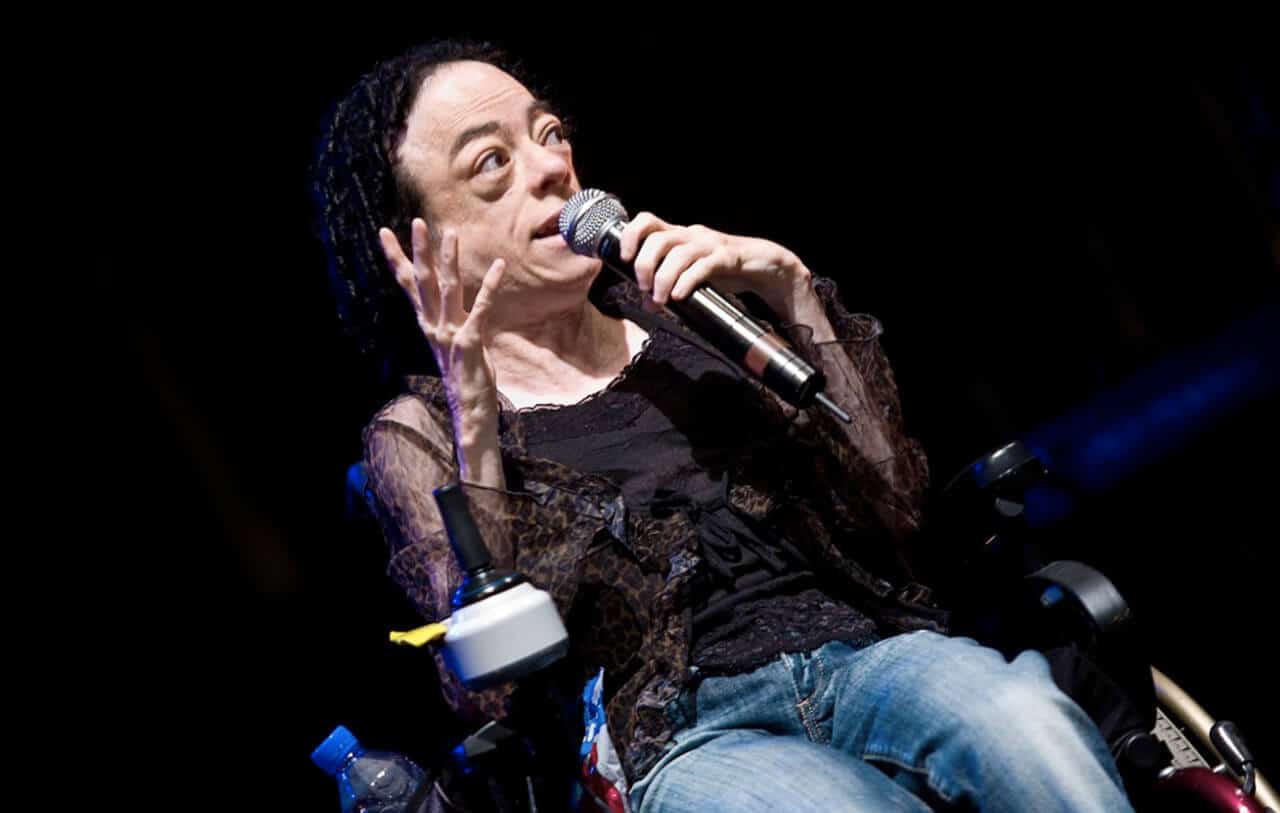 Liz Carr
Liz Carr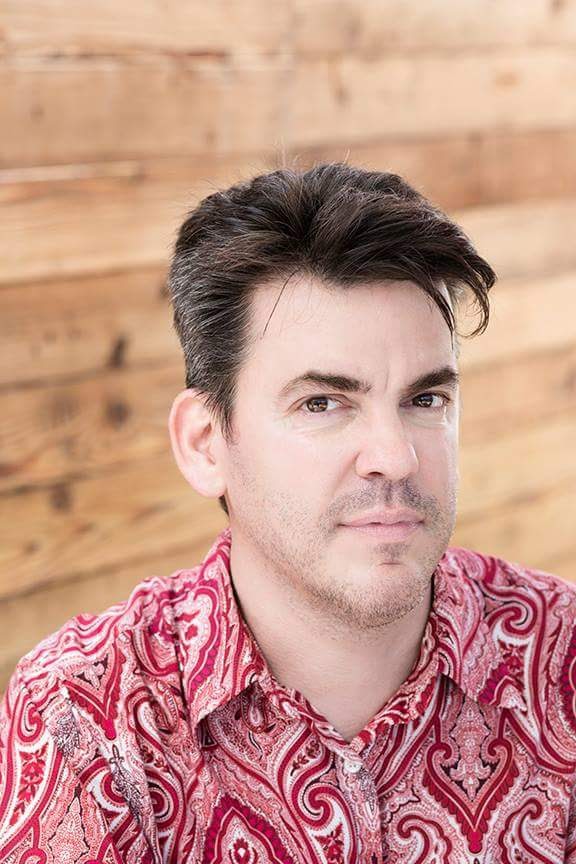 VSA and Accessibility: You are a comedian, writer, storyteller, director—so many creative roles! How do you describe your work?
VSA and Accessibility: You are a comedian, writer, storyteller, director—so many creative roles! How do you describe your work? 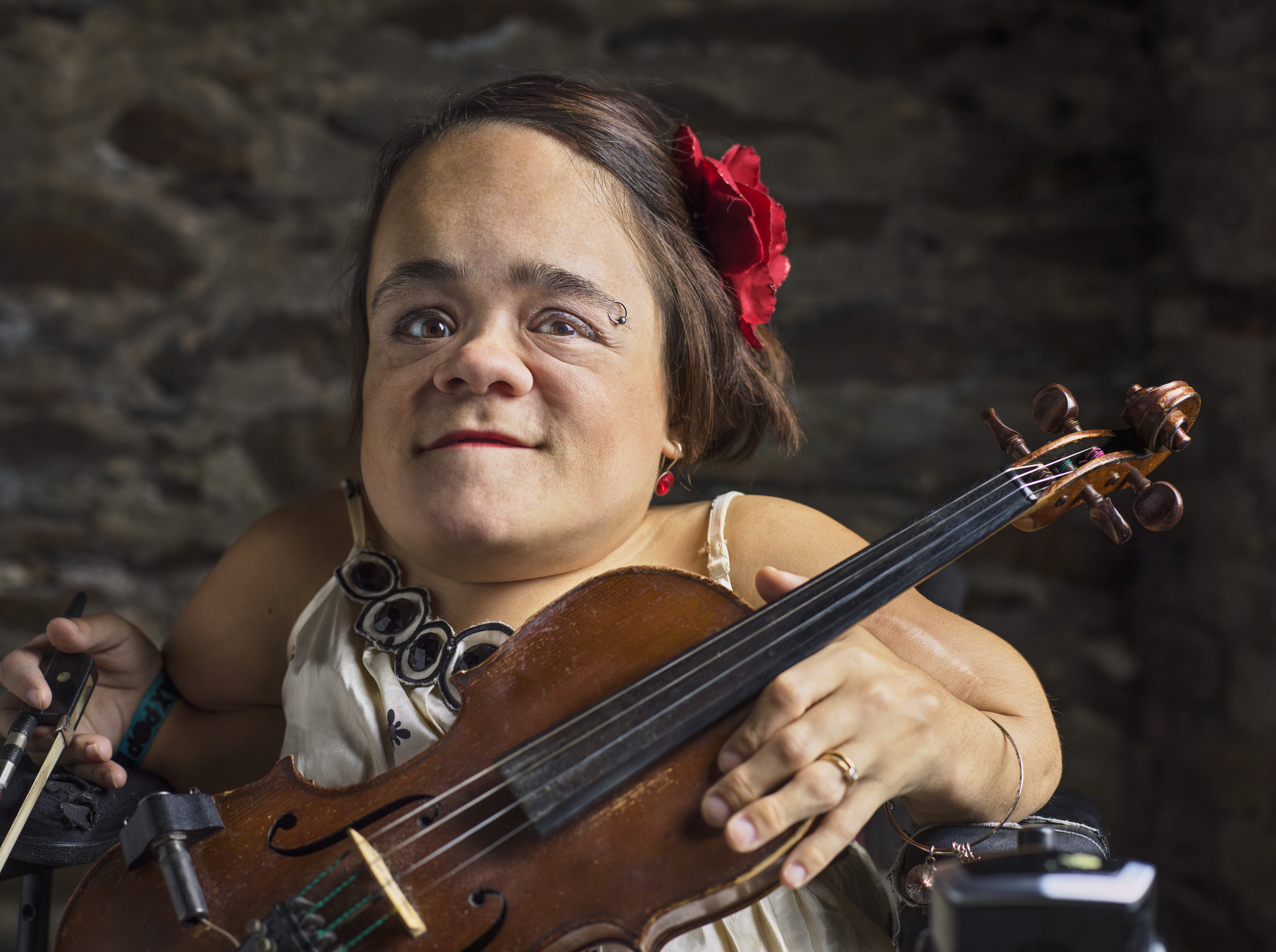 Gaelynn Lea leapt onto the national music scene when she won NPR Music’s Tiny Desk Contest in 2016. Since then, the singer, violinist, songwriter, and public speaker has been touring full-time, sharing her unique mix of haunting original songs and traditional fiddle music with audiences all over the United States and around the world. Here, she talks about her musical background, the memoir she is writing, and why she feels strongly about making music venues accessible for performers and audiences.
Gaelynn Lea leapt onto the national music scene when she won NPR Music’s Tiny Desk Contest in 2016. Since then, the singer, violinist, songwriter, and public speaker has been touring full-time, sharing her unique mix of haunting original songs and traditional fiddle music with audiences all over the United States and around the world. Here, she talks about her musical background, the memoir she is writing, and why she feels strongly about making music venues accessible for performers and audiences. 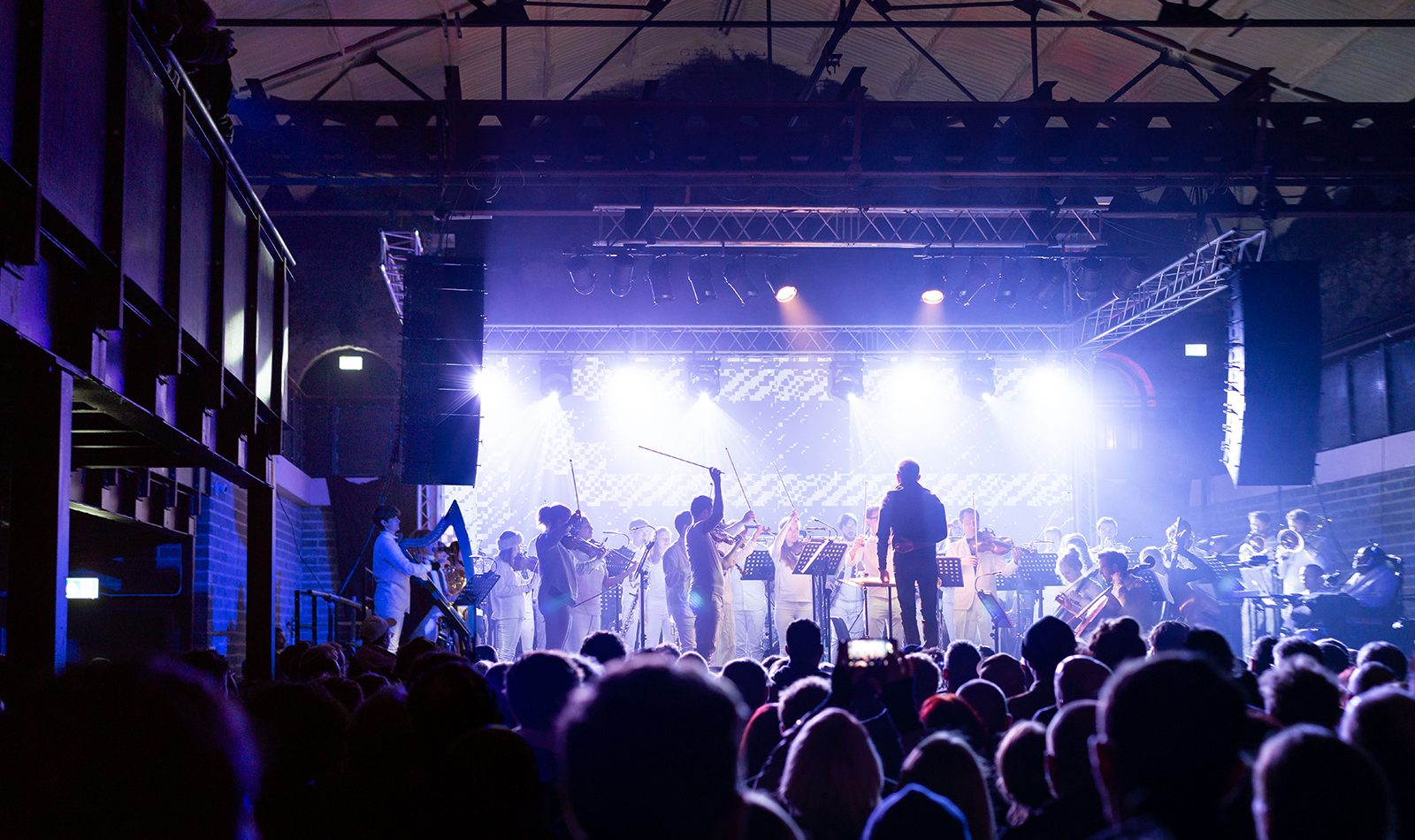 The
The 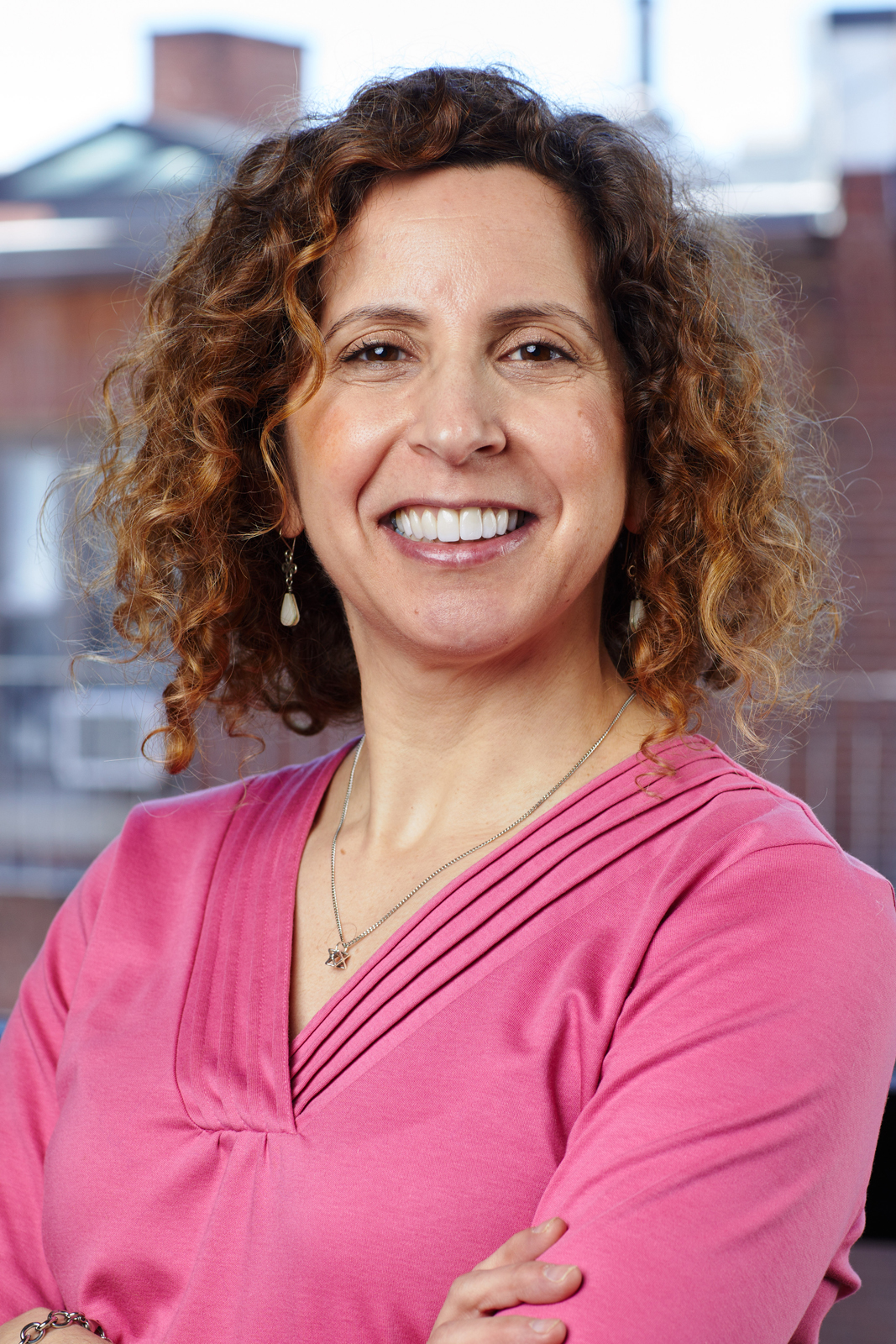 Rhoda Bernard
Rhoda Bernard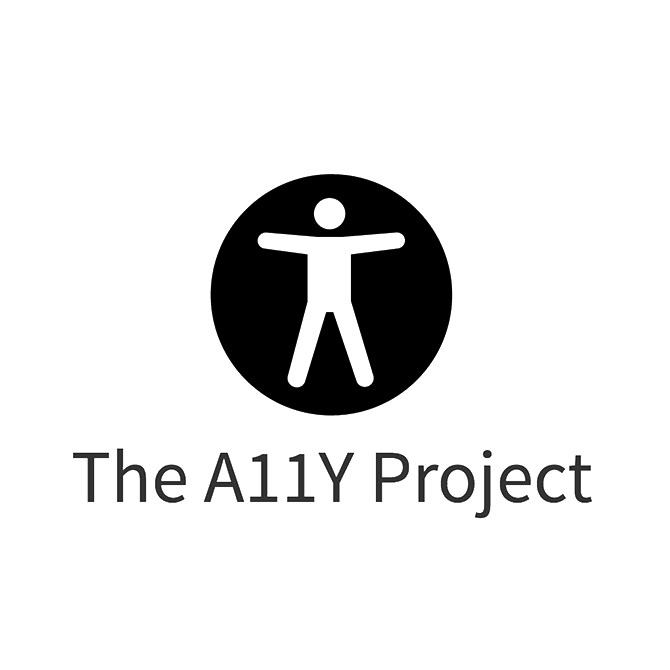
![[Image Description: A headshot of a woman with brown hair and blue eyes.]](https://kec.memberclicks.net/assets/R%20Linton%204.jpg)
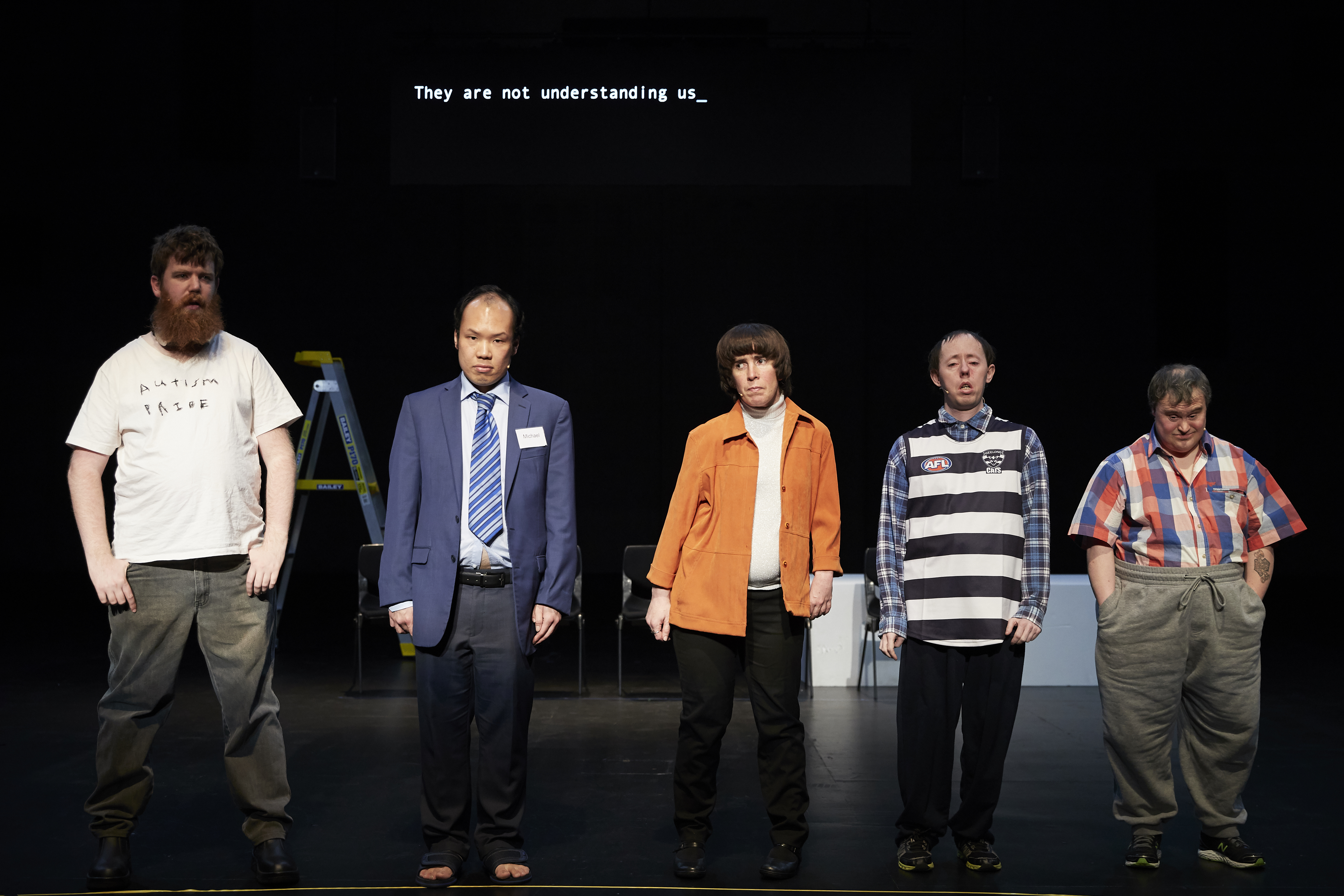 For the past 20 years, Back to Back Theatre has made a name for itself both in Australia and around the world through its contemporary performances created by an ensemble of actors with disabilities. The company aims to give voice to social and political issues that speak to all people. In January and February, they bring their piece THE SHADOW WHOSE PREY THE HUNTER BECOMES on a five-city tour in the United States, continuing to foster social and cultural dialogue between artists and audience.
For the past 20 years, Back to Back Theatre has made a name for itself both in Australia and around the world through its contemporary performances created by an ensemble of actors with disabilities. The company aims to give voice to social and political issues that speak to all people. In January and February, they bring their piece THE SHADOW WHOSE PREY THE HUNTER BECOMES on a five-city tour in the United States, continuing to foster social and cultural dialogue between artists and audience.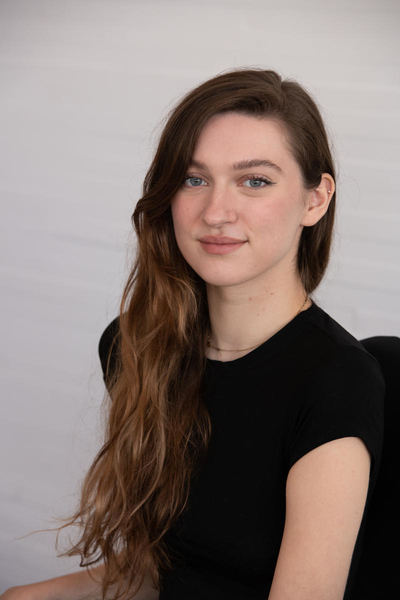 Michelle Miles may have just graduated from college in May, but her career in the arts is already off to a bright start. Miles was recognized with the Grand Prize for the 2019-2020 VSA Emerging Young Artists Program. Her work hand model will be featured in the exhibition
Michelle Miles may have just graduated from college in May, but her career in the arts is already off to a bright start. Miles was recognized with the Grand Prize for the 2019-2020 VSA Emerging Young Artists Program. Her work hand model will be featured in the exhibition ![Image Description: A headshot of a man with brown hair and a beard. He is smiling, wearing a blue shirt and brown coat, in front of a neutral background.]](https://kec.memberclicks.net/assets/A4ADCHeadshots-0567-Edit.jpg)
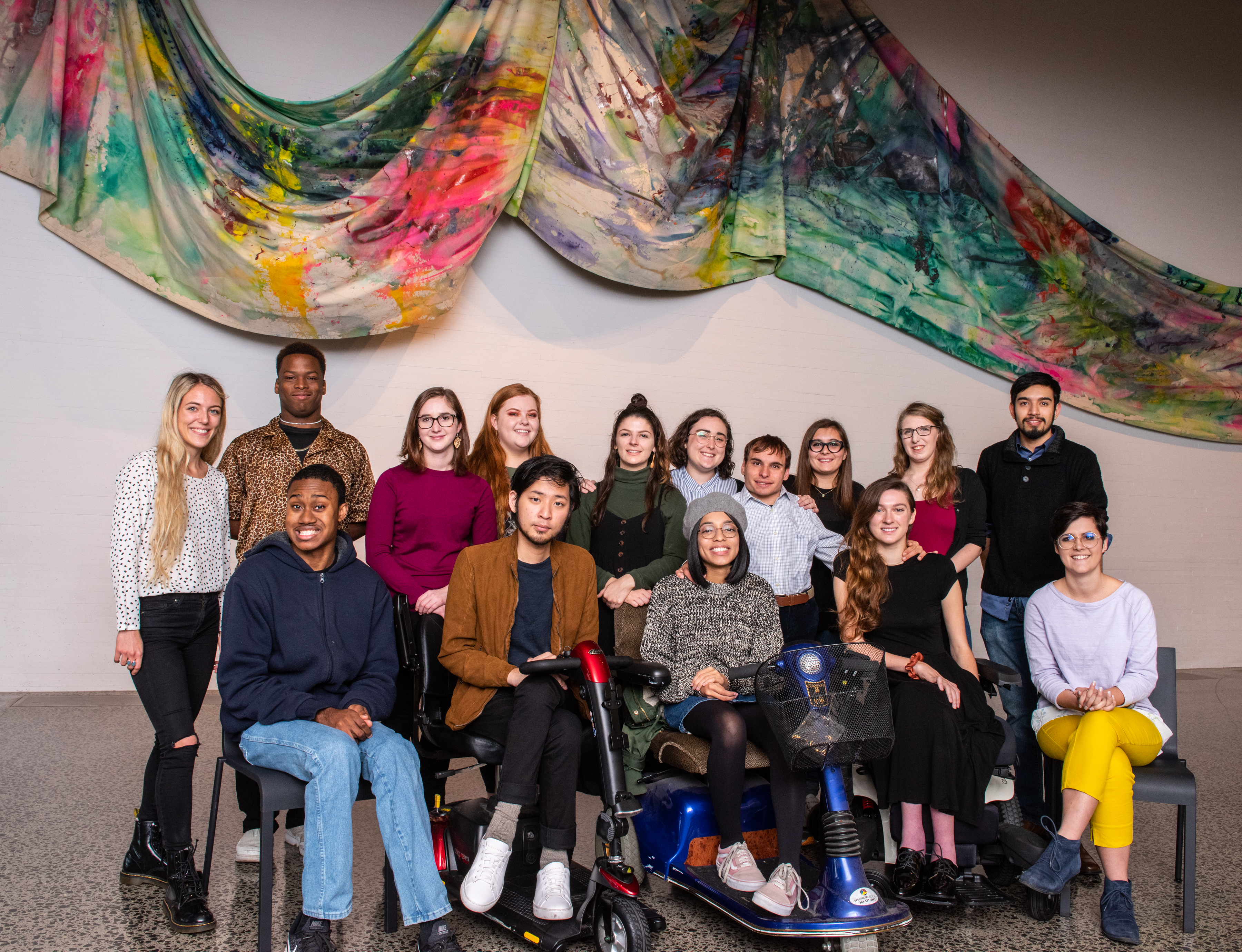 Since 2002, the Kennedy Center and Volkswagen Group of America have presented the
Since 2002, the Kennedy Center and Volkswagen Group of America have presented the 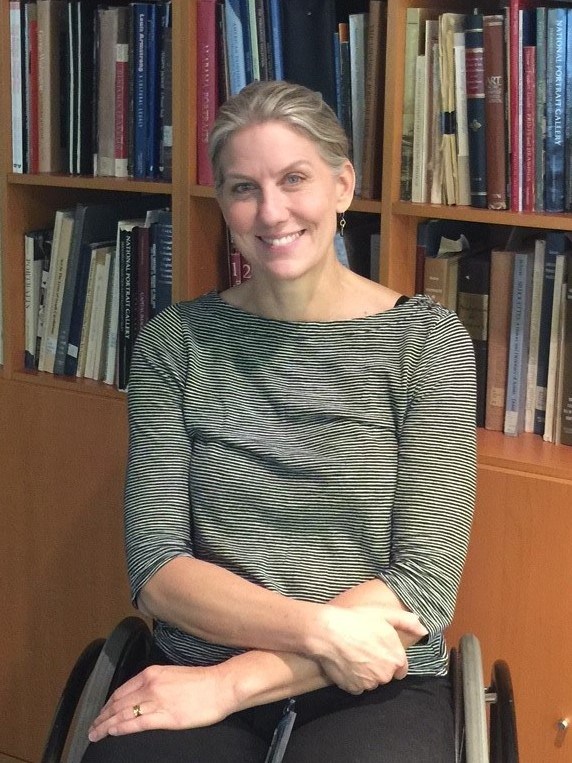 Vanessa Jones is the first person to hold the position of Access Programs Specialist at the Smithsonian Institution’s National Portrait Gallery. Although she has been a paraplegic wheelchair user since the age of 18, Jones’ diverse career in the arts didn’t begin with an eye towards accessibility.
Vanessa Jones is the first person to hold the position of Access Programs Specialist at the Smithsonian Institution’s National Portrait Gallery. Although she has been a paraplegic wheelchair user since the age of 18, Jones’ diverse career in the arts didn’t begin with an eye towards accessibility.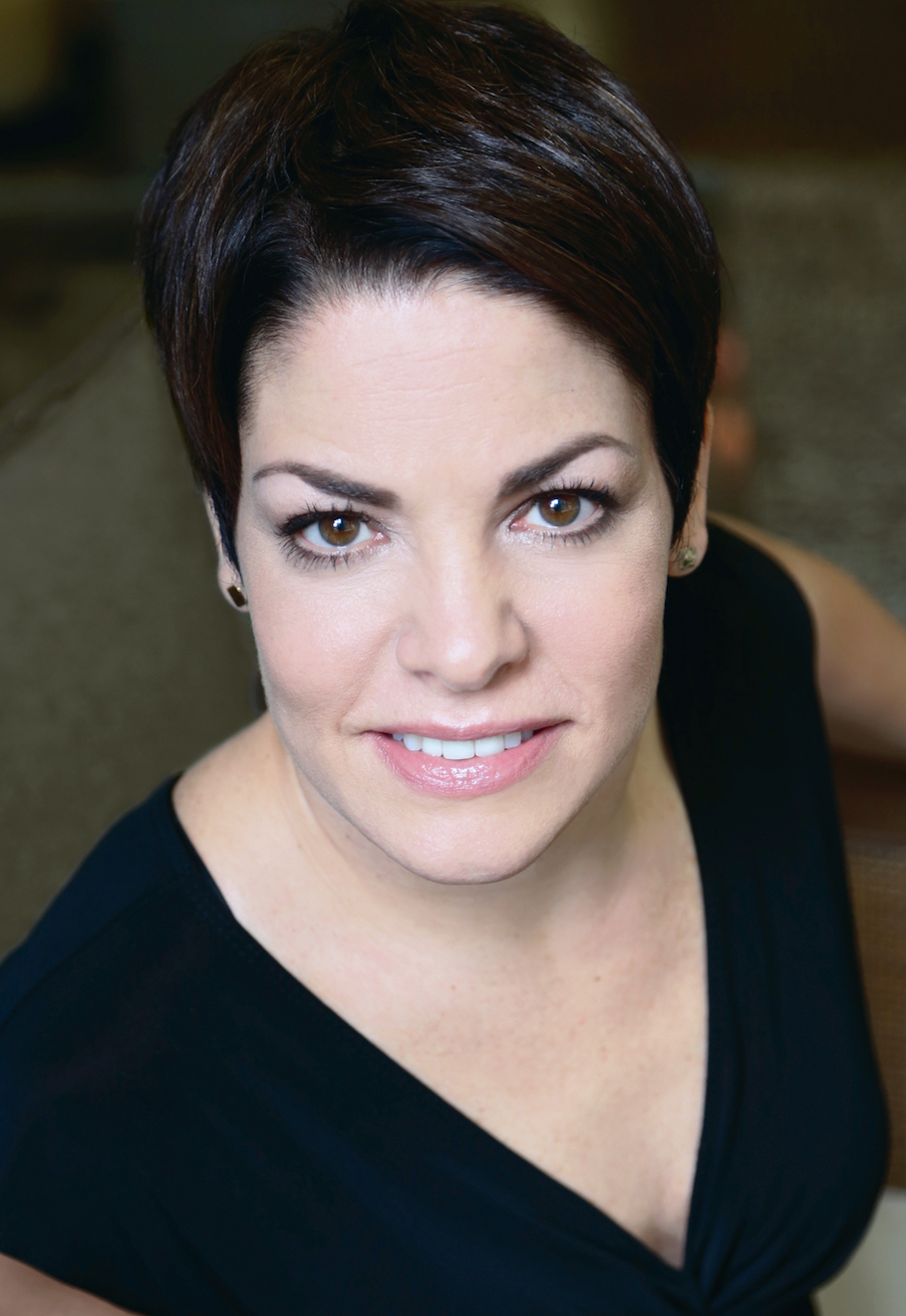 Christine Bruno is an actor, director, teaching artist, and disability inclusion consultant for the entertainment industry. She holds an MFA from the New School and is a lifetime member of The Actors Studio. Christine has worked extensively in theater, film, and television in the US and abroad. She sits on the New York board of SAG-AFTRA and is chair of the union’s New York Performers with Disabilities Committee. Christine can be seen in the documentary series ABLE, streaming now on Amazon Prime.
Christine Bruno is an actor, director, teaching artist, and disability inclusion consultant for the entertainment industry. She holds an MFA from the New School and is a lifetime member of The Actors Studio. Christine has worked extensively in theater, film, and television in the US and abroad. She sits on the New York board of SAG-AFTRA and is chair of the union’s New York Performers with Disabilities Committee. Christine can be seen in the documentary series ABLE, streaming now on Amazon Prime.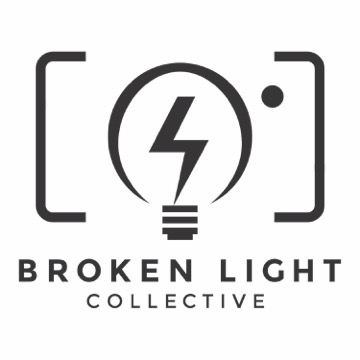 Seven years ago, Danielle Hark founded Broken Light Collective, a nonprofit organization that offers photographers affected by mental health challenges a space to share their work. Here, she talks about creating a venue to share both her own work and the work of other artists.
Seven years ago, Danielle Hark founded Broken Light Collective, a nonprofit organization that offers photographers affected by mental health challenges a space to share their work. Here, she talks about creating a venue to share both her own work and the work of other artists.